
We can enjoy eating fresh local foods every season. The foods of Tsuruoka are simple but
you will never lose your interest. The real taste is here.
 | |
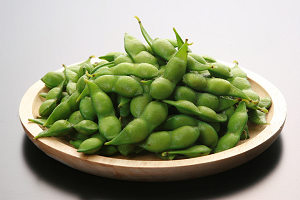 |
Dadacha bean, a special product of Turuoka, has a unique aroma, sweetness, and taste.
They are said to be the best tasting beans in Japan. Dadacha means father in the local dialect.
|
 | |
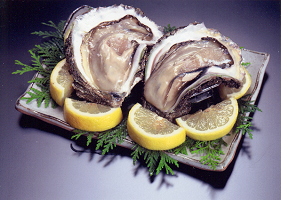 |
Iwagaki is natural big oyster. Its season is summer. You can eat the oysters raw with lemon and vinegar, or lightly cooked.
|
 | |
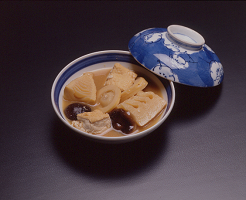 |
Mosojiru with various ingredients like Moso bamboo shoot in season, block of deep-fried tofu and shiitake mushroom.
This is a hot pot dish seasoned with Miso and sake lees.
|
 | |
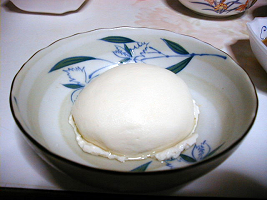 |
This is round soft tofu. It is said to have been brought over from Kyoto on Kitamae Boats by great monks.
|
 | |
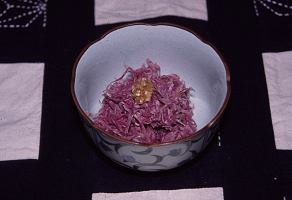 |
With a fresh aroma and a slightly bitter taste. You can enjoy eating in this dish
various ways; with dressing and vinegar or boiled and seasoned with soy sauce.
|
 | |
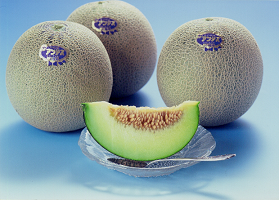 |
Sweet and delicious melons grow well on Shonai sand hill. |
 | |
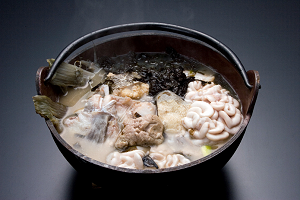 |
Using a whole codfish caught in winter, we make traditional codfish soup seasoned with Miso. The “Sea of Japan Codfish Festival” is held in January. |
 | |
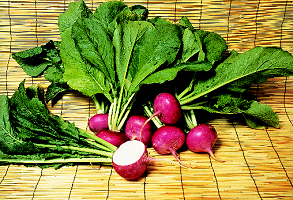 |
This is a special product in Atsumi. It is popular to eat it seasoned with vinegar and sweetened with mirin and sugar. |
 | |
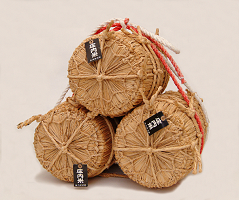 |
Shonai rice grown on the Shonai plain is famous for its delicious taste. |
 | |
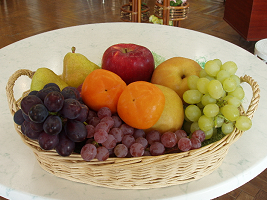 |
We can eat a great variety of fruits in each season. Shonai Gaki is famous as a seedless persimmon. |
 | |
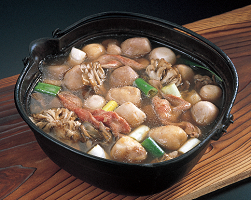 |
Imoni is a standard dish in autumn. It has various ingredients like taro, meat, deep-fried tofu, burdocks,
carrots and long green onions. You can enjoy eating Imoni with your friends, especially gathering at the
riversides or beaches.
|